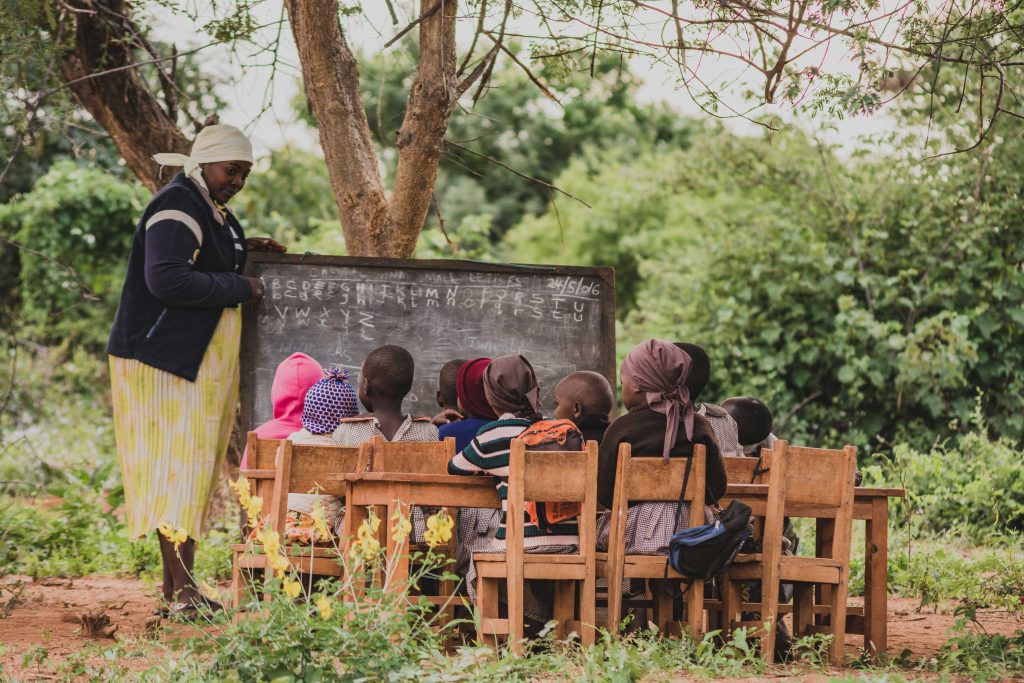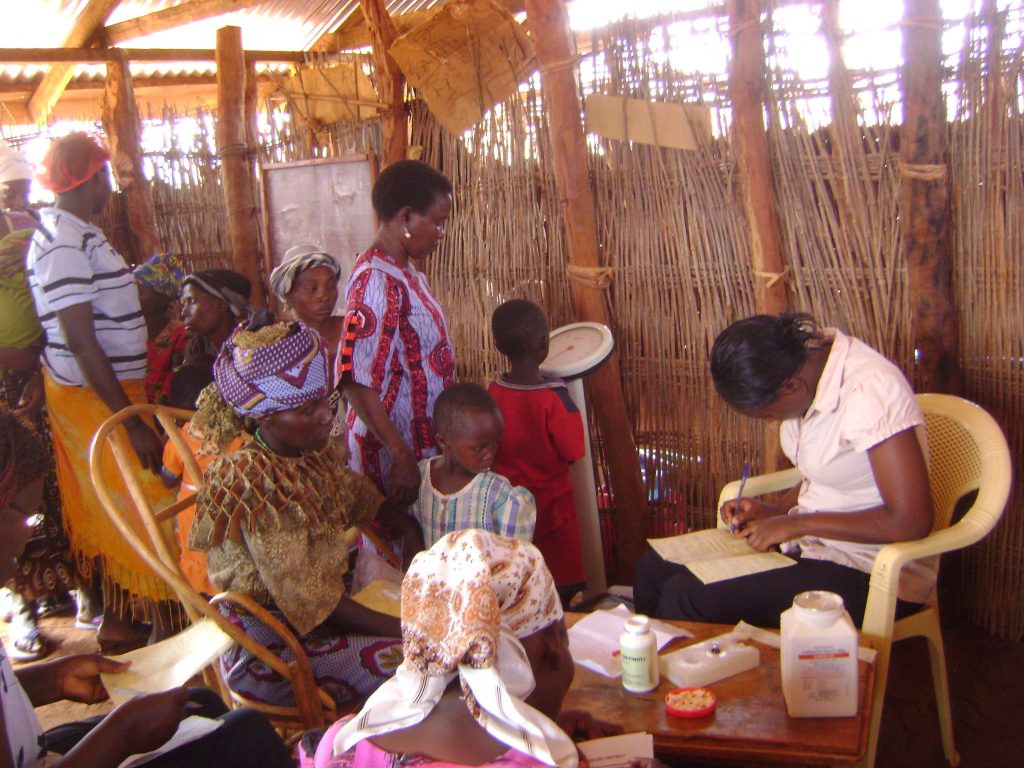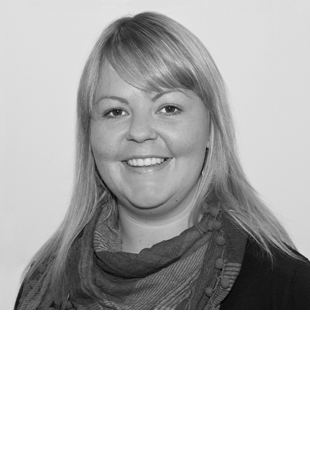Sustaining structures of hope in rural Kenya: the challenge of funding community development
07 Sep 2017
I have recently been working with Wem Intergrated Health Services (or WEMIHS), a community based organization, to help them launch a fundraising campaign. Their story exemplifies the current funding crisis for many indigenous organizations in many of the poorest places in the world.
WEMIHS was founded in 1998 by Wairimu Mungai along with two other dedicated women who, with their own resources, wanted to respond to the growing impact of HIV on rural families. Faced with growing numbers of children orphaned as parents died, families falling into destitution, and communities grappling with discrimination and division, they acted before AIDS was deemed a global crisis and an international response mounted.
As the head of a small non-government organization that works to help bring change to marginalized rural communities in Kenya, Wairimu is still passionate and committed to the people she helps. Yet it is clear as we talk that she is also worried. The organization she helped to form, sustain and grow, and that has built trust with many rural and remote marginalized communities, faces tough times ahead. Many of the grants she and her team worked so hard to get, to sustain their community outreach, are drying up. The project money from the “big donors,” including DIFID, the Canadian Department of Foreign Affairs (formerly CIDA), and USAID, has disappeared.
Wairmu, born in rural Kenya during the early days of independence to idealistic and socially-minded teachers, has been working in community development for most of her life. “I followed in the footsteps of my mother and grandmother, who both were strong believers in community service”, she explains, as she remembers how she followed her mother, a school teacher, to pay visits to poor or sick students in her village, to encourage them to stay in school.
WEMIHS’s approach was and remains focused on creating healthy and empowered communities through a process of building trust and helping them to identify the most important investments they need. “It is slow, patient work, that requires listening and allowing ownership to come from below, rather than be imposed from above”, she says.
Wairimu is rightly proud of her team’s professionalism and her committed management over the 17 years they have been officially registered as an NGO in Kenya. She has filled in enough grant proposals and reporting forms to understand how to juggle the burdensome process of getting funding and how to report back on how it was spent. She knows how to deliver the stories of the children that have benefited from their early childhood development or nutrition programme.

WEMIHS’ “Structures of Hope” programme
Yet how does she now explain to the 105 rural and remote communities where they work that she may not have enough money for the petrol to take her team the 300km from WEMIHS’s small office based in an old shipping container in Thika? As Nairobi has dramatically expanded, has now become part of the outskirts of Nairobi. “All our communities have been identified for being poor and marginalized. And while we have seen the impact of our work, it requires sustained commitment. Once a community buys into an idea and starts to contribute to an initiative, our feedback and engagement keeps the momentum. It helps remind them that someone else thinks it is important and matters”, Wairmu explains.
The challenges Wairimu faces are not unique. Struggling to sustain her small operating costs has always been difficult. Even when the big bilateral donors and the UN agencies could support her work, no one ever wanted to sustain the costs for the salaries, rent or transport. Somehow, outcomes were based on inputs that ignored the less tangible, human dimension of helping poor remote communities to overcome often entrenched and complex problems.
Now no matter how good the funding proposal, the chance of getting donor funding in Kenya has become more difficult. Admittedly, not only are there more local NGOs competing for what is a diminishing pot of resources, but also as she has had to downsize her team, WEMIHS’s ability to raise funds has diminished. While many big donors reflect on their priorities and are increasingly drawn to private sector solutions, the investments made in community-based solutions are being eroded. Instead, there is a common belief that Africa’s emerging middle class, as well as a new generation of super-wealthy African philanthropists, might offer one way to fill the funding gap.

While systems of giving and solidarity at the very local level have always existed, with people helping each other out to cover the costs of education, weddings, funerals etc., Africa’s homegrown philanthropic sector – as in many middle-income countries – is not yet at the point where fully fledged mechanisms and relationships exist which see local money flowing smoothly to Kenyan civil society. Although Kenya has one of the most established and fastest growing philanthropic sectors in Africa – with networks such as the East African Association of Grantmakers, the Kenya Philanthropy Forum and cornerstone institutions such as the Kenya Community Development Foundation which is growing giving at all levels of society – there is still much more to do. The question of how to reach communities most in need remains a particularly important one. A recent report by WINGS (Worldwide Initiatives for Grantmaker Support), which supports philanthropy development globally, points to the relative lack of philanthropic infrastructure across the entire regions of Africa and Asia.
The larger, global crisis in organizational funding is echoed in another study by the Stanford Social Innovation Review which argues that it is time for all funders to rethink the way they give and recognize the importance of institutional investment as an intrinsic part of their grantmaking. The good news is that keeping organizations like WEHMIS going – which has built deep networks and strong relationships within the communities where they work, has all the experience and skills to help local people to help themselves – is much cheaper than many other parts of the bureaucracy of “big development.” Sadly though, how to find that investment and sell a slower, more honest, model of community change is not so easy to do.
Last year, WEMIHS launched a campaign called “Structures of Hope” to highlight the work it has been doing in early childhood development. It was work it started with a grant from a private foundation that saw the creation of 17 community early childhood centres, where mothers bring their kids for play, health care, tips on good nutrition, and where young children are prepared for formal education. The aim is for WEMIHS to work with these communities for a few more years so that all the gains made will ensure long-term and lasting results; results which can be measured not just by the number of children being better prepared for primary school, but by long-term improvements in the social and economic fabric of the community.
For the time being, WEMIHS keeps its eye out for individual supporters to make up the drop-in project money, but there is a larger challenge here. In all the noise of international development, where small organizations are having to compete with much bigger national and international NGOs that have entire communications teams at their disposal and at time where numbers and hard metrics seem to matter more than ever, how do stories of profound community transformation get told?
Despite her worries about funding, Wairimu remains committed to the communities where WEMIHS works: “In my youth, the popular call was Harambee, meaning ‘unity’, and we believed that community transformation was a collective agenda, inspired by the need to eradicate wide spread poverty, hunger and disease,” she explains. “I know the trust and partnership we have built has much deeper roots than just the project money we have provided over the years. We have a responsibility not to let people down now we have started on this journey with them.”
By: Shantha Bloemen, GFCF #ShiftThePower Platform Coordinator

